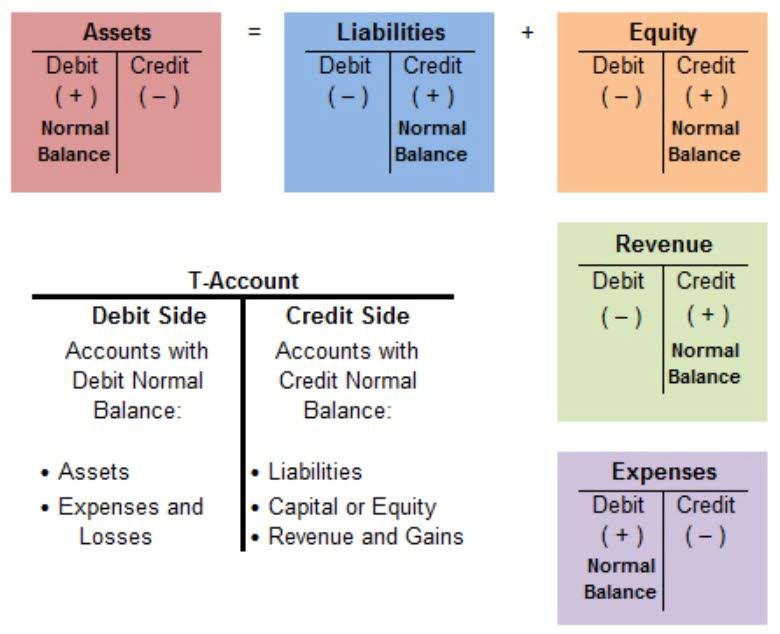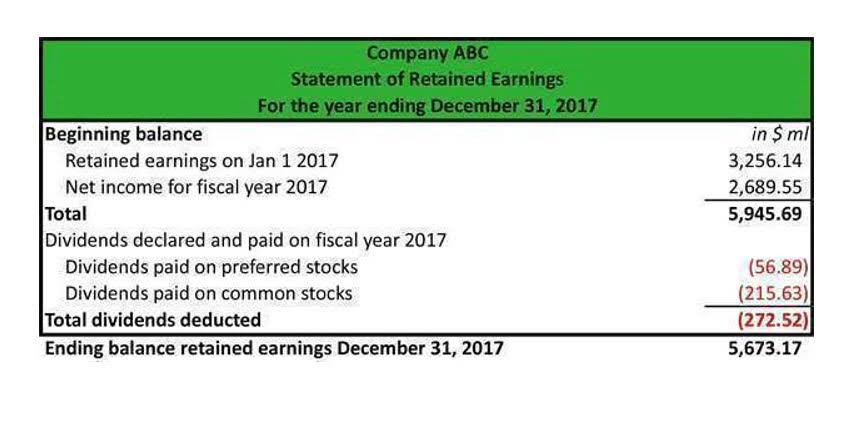
That is, if the predetermined overhead rate turns out to be inaccurate and the sales and production decisions are made based on this rate, then the decisions will be faulty. This can result in unexpected expenses being incurred and abnormal losses. When there is a big difference between the actual and estimated overheads, unexpected expenses will definitely be incurred. Also, profits will be affected when sales and the predetermined overhead rate is calculated production decisions are based on an inaccurate overhead rate. Divide the total manufacturing overhead cost by the estimated total units of activity to determine the predetermined overhead rate. Predetermined overhead rate calculation is crucial for setting accurate pricing.
- The ABC method involves identifying and assigning overhead costs to specific activities that are required to produce goods or services.
- At a later stage, when the actual expenses are known, the difference between that allocated overhead and the actual expense is adjusted.
- Divide the total manufacturing overhead cost by the estimated total units of activity to determine the predetermined overhead rate.
- As you can see, calculating your predetermined overhead rate is a crucial first step in pricing your products correctly.
Calculate anything with Sourcetable AI. Tell Sourcetable what you want to calculate. Sourcetable does the rest.

Understanding industry standards and benchmarks is crucial for businesses striving to set competitive and Bookkeeping for Startups realistic predetermined overhead rates. Now, let’s look at some hypothetical business models to see actual use-cases for predetermined overhead rates. Predetermined overhead rate is the estimated overhead that will allocate to each product at the begining of accounting period. It is equal to the estimate overhead divided by the estimate production quantity. So in summary, the overhead rate formula relates your indirect operating costs to production costs. Accurately calculating overhead rates is important for determining the full cost of a product and appropriately pricing goods and services.
- Embrace the power of the Predetermined Overhead Rate Calculator and streamline your manufacturing processes with precision and efficiency.
- Companies can use predetermined overhead rates to prepare competitive bids for projects by offering prices that accurately reflect their overhead costs.
- This includes all costs related to the production process that are not direct materials or direct labor.
- A predetermined overhead cost rate is an estimated rate used to apply overhead costs to products during the accounting period, calculated before actual costs are known.
- Therefore, the one with the lower shall be awarded the auction winner since this project would involve more overheads.
- Their amount of allocated overhead is not publicly known because while publications share how much money a movie has produced in ticket sales, it is rare that the actual expenses are released to the public.
Example of Applied Overhead Calculator

Understanding how to calculate predetermined overhead rates requires a grasp of basic accounting principles and the ability to analyze cost drivers and activity bases. Businesses often leverage technology to streamline these complex calculations and enhance accuracy. This article will guide you on how to effectively calculate predetermined overhead and also introduce how Sourcetable can simplify this process with its AI-powered spreadsheet assistant. Begin by estimating the total manufacturing overhead costs for a specific period. This could include all indirect costs related to production, such as utilities, rent, and salaries of supervisory staff.
Budgeting for Predetermined Overhead Rates
This facilitates accurate cost estimation, pricing decisions, and budgeting processes, ultimately enhancing cost control and profitability in manufacturing what are retained earnings operations. Predetermined overhead cost rates are calculated estimates used to allocate overhead costs to products or services based on a chosen cost driver, such as labor hours, machine hours, or production volume. These rates are established before the production period begins and are based on estimated overhead costs and expected activity levels. These overhead costs involve the manufacturing of a product such as facility utilities, facility maintenance, equipment, supplies, and labor costs. Whereas, the activity base used for the predetermined overhead rate calculation is usually machine hours, direct labor hours, or direct labor costs.

Direct Costs vs. the Overhead Rate
- In cost accounting, businesses need a reliable way to allocate indirect costs to products or jobs.
- } believe that such fluctuations in product costs serve no useful purpose.
- Yes, significant fluctuations in production or overhead costs can lead to substantial rate changes.
- It is a rate used to allocate estimated overhead costs to products or jobs based on estimated activity levels.
- Predetermined overhead rates are used to determine the value of inventory, ensuring accurate financial reporting.
- By determining this rate, businesses can enhance their pricing strategies and financial planning.
{
|}
Manufacturing overhead costs include all manufacturing costs except for direct materials and direct labor. Estimating overhead costs is difficult because many costs fluctuate significantly from when the overhead allocation rate is established to when its actual application occurs during the production process. You can envision the potential problems in creating an overhead allocation rate within these circumstances. Management analyzes the costs and selects the activity as the estimated activity base because it drives the overhead costs of the unit. Added to these issues is the nature of establishing an overhead rate, which is often completed months before being applied to specific jobs.
- The formula for calculating Predetermined Overhead Rate is represented as follows.
- This means that once a business understands the overhead costs per labor hour or product, it can then set accurate pricing that allows it to make a profit.
- Once the total overhead costs have been determined, the company must calculate the overhead rate for each department or activity.
- Before the beginning of any accounting year, it is determined to estimate the level of activity and the amount of overhead required to allocate the same.
- However, it may not accurately reflect overhead costs if direct labor hours are not a significant factor in the production process.
The company has applied too much overhead and must reduce reported costs. If you have multiple departments with very different overhead structures, a single predetermined rate can cause serious distortions. The AI assistant not only provides the numerical output directly in the spreadsheet but also explains the calculation process through its interactive chat interface. This dual-display capability ensures you not only receive the answers you need but also understand the methodology behind them.
